Choosing the right wick is a crucial element in the art of candle making. At Candle Shack, we understand the significance of this process and have developed this brief guide to help you navigate the complexities. This guide not only emphasises the importance of selecting the correct wick but also equips you with essential starter points for your candle testing journey.
Historically, testing wicks for your candles has been a very frustrating and time consuming process. One of our main aims at Candle Shack is to pass on our experience and to make it as easy as possible for our customers to get the best results.
To that end, our development team in our R&D department are constantly testing candles and we have made these recipes available to all of our customers for free!
These recipes are tested and meet the EN standards laid down for Fire safety and Sooting behaviour already, all they need is you.
If you want to let your creative juices flow free or are using components not listed in our
recipes then conducting your own development testing is the only way to make sure your candle performs the way that you want it to.
You may have chosen your favourite fragrance oils, colours, wax, and vessels,
but the wrong wick can lead to disappointment in overall performance. Don't be disheartened by initial setbacks. Candle making involves a learning curve, and
once you master it, you'll find yourself creating exceptional candles.
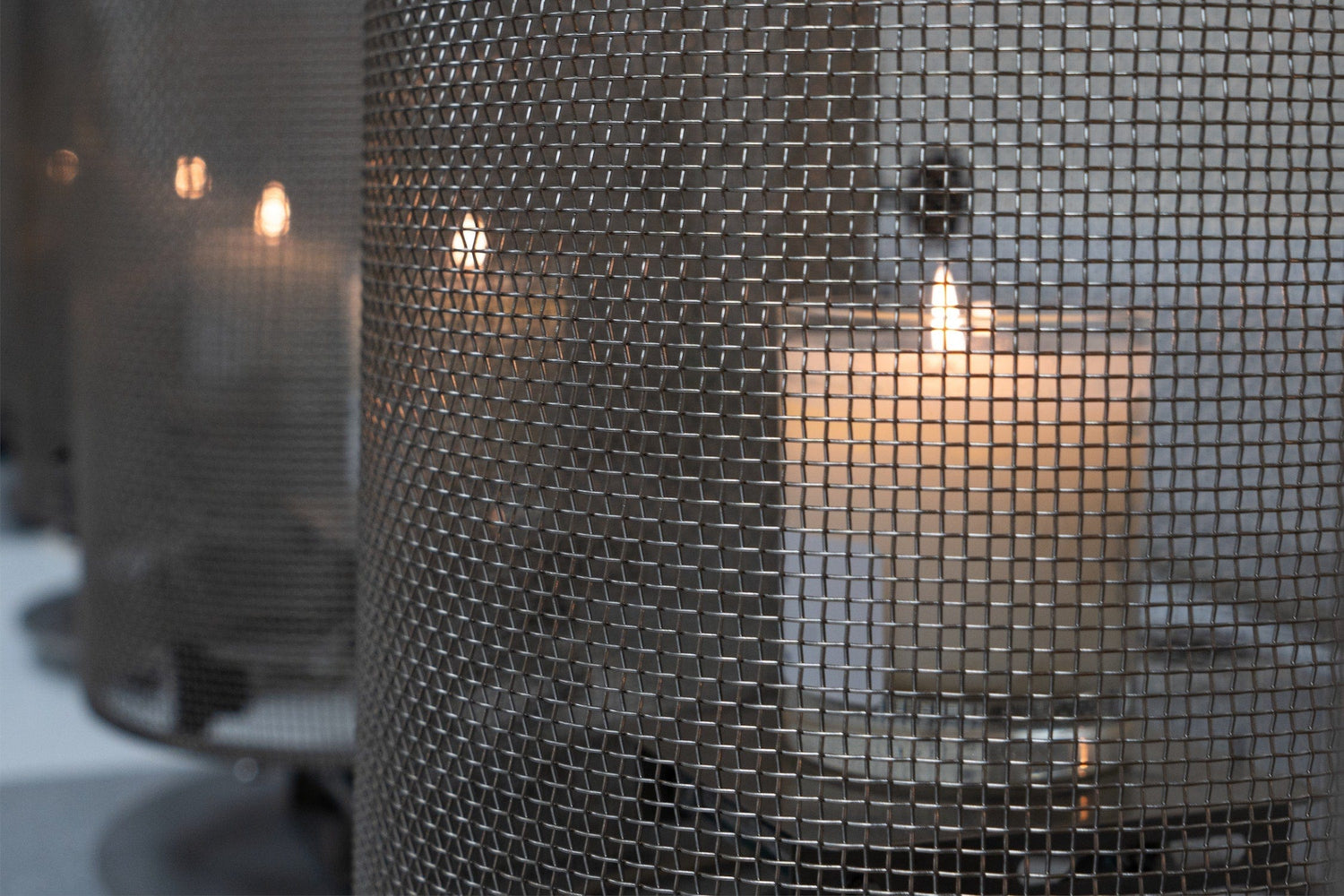
Signs You've Chosen the Correct Wick for Your Candle:
• Little to no flickering of the flame(s)
• A full (or very close to full) melt pool no deeper than 5mm after a 4 hour burn.
• A cleanly burning wick with little to no mushroom and no soot.
• A pleasant aroma which fills the room with no chemical or 'hot' burning smell.
Choose a Wick That Best Suits Your Selected Wax:
Each wick family has been optimised by the manufacturer to work more effectively with certain wax types and for specific use cases. This is achieved by coating wicks in additives, changing the composition of the threads, adjusting the braid patterns and so on. Each wick family is different, the best wick for soy wax candles will be different to the best wick for other vegetable wax candles and different again from mineral blend candles. At Candle Shack we want to make the development process as simple as we can, so along with our recipes, here is a list of wick families and their suitability for our waxes:
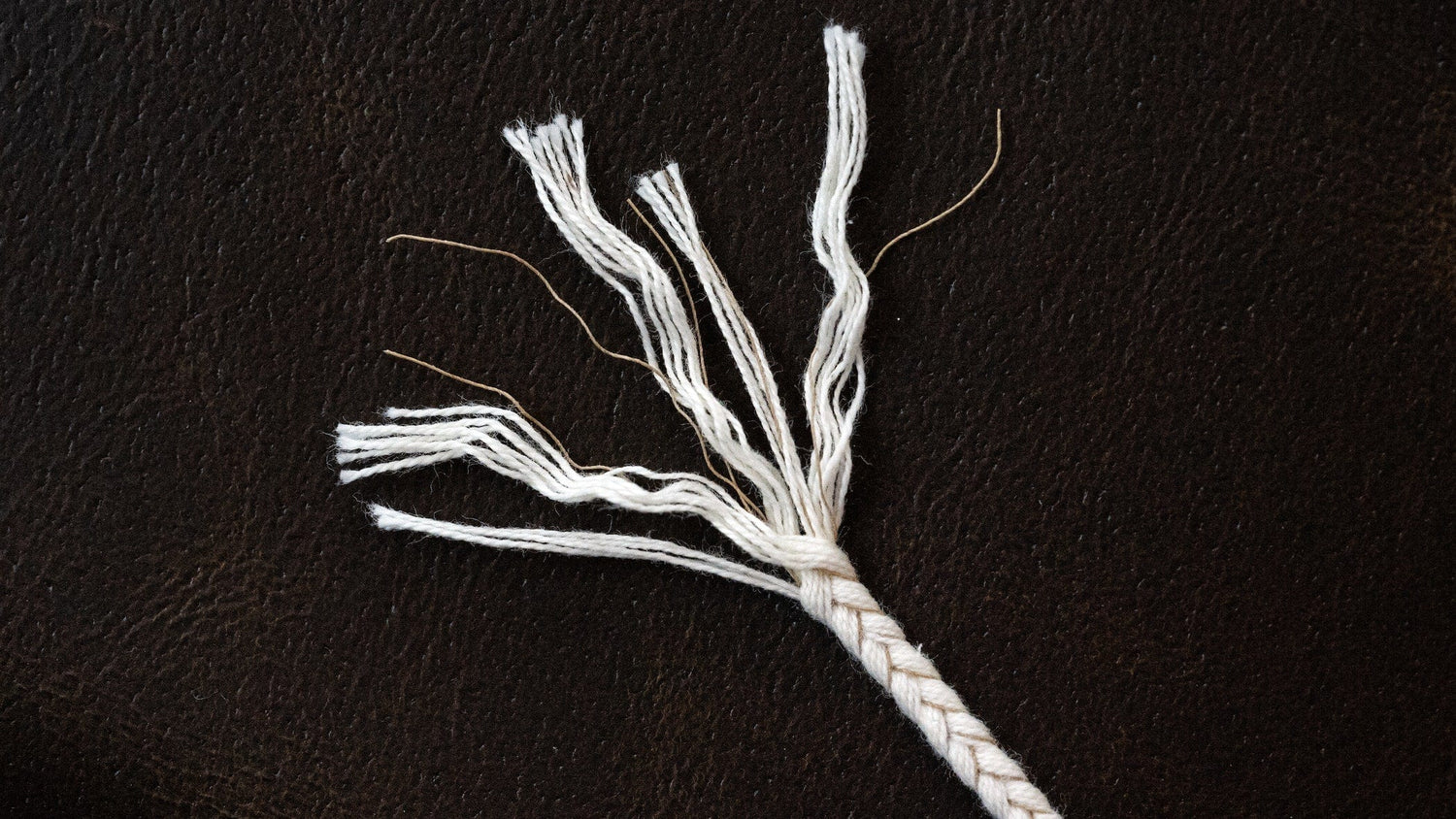
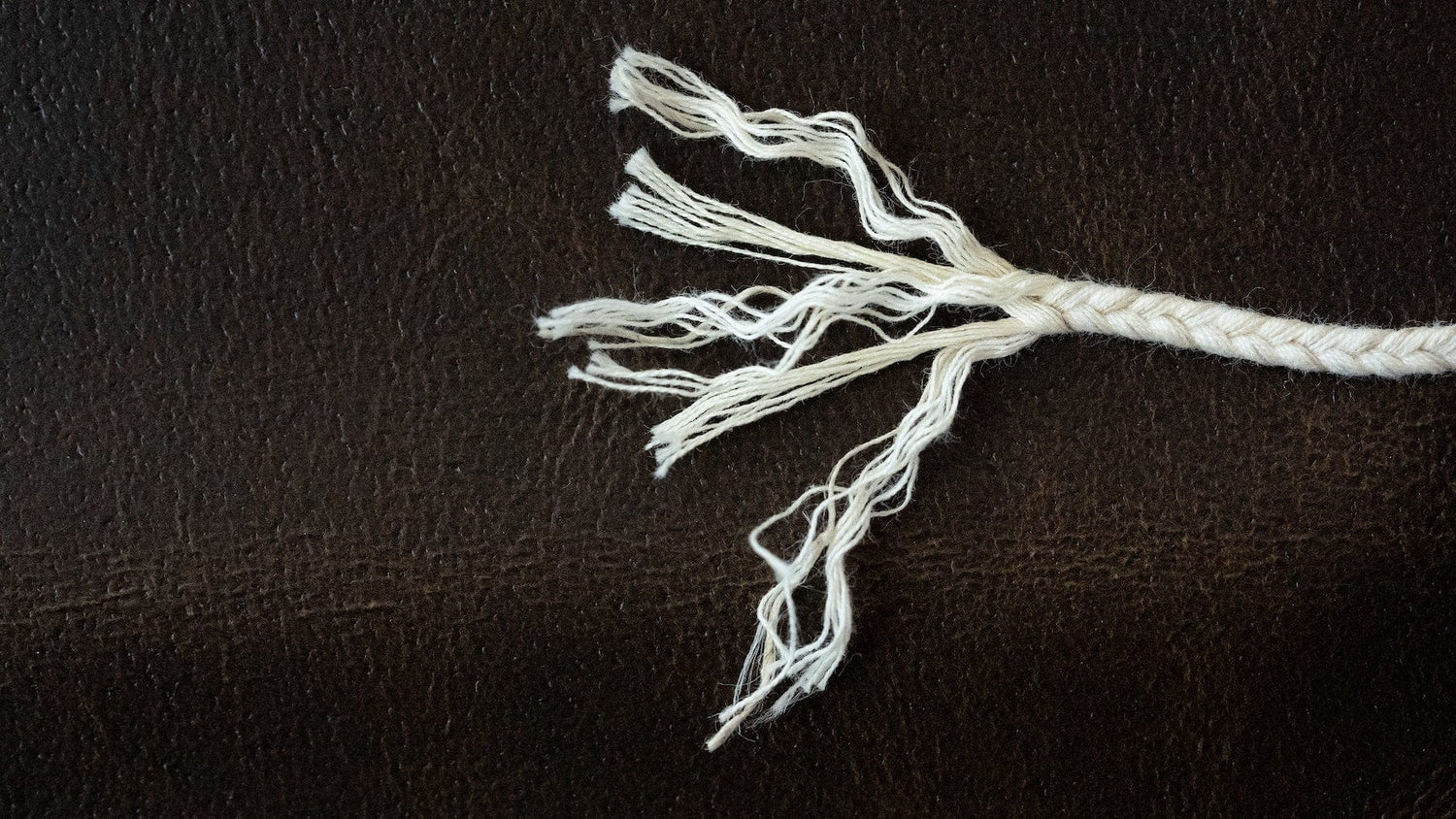
Other Vegetable wax such as RCX wick family suggestions
CL Series wicks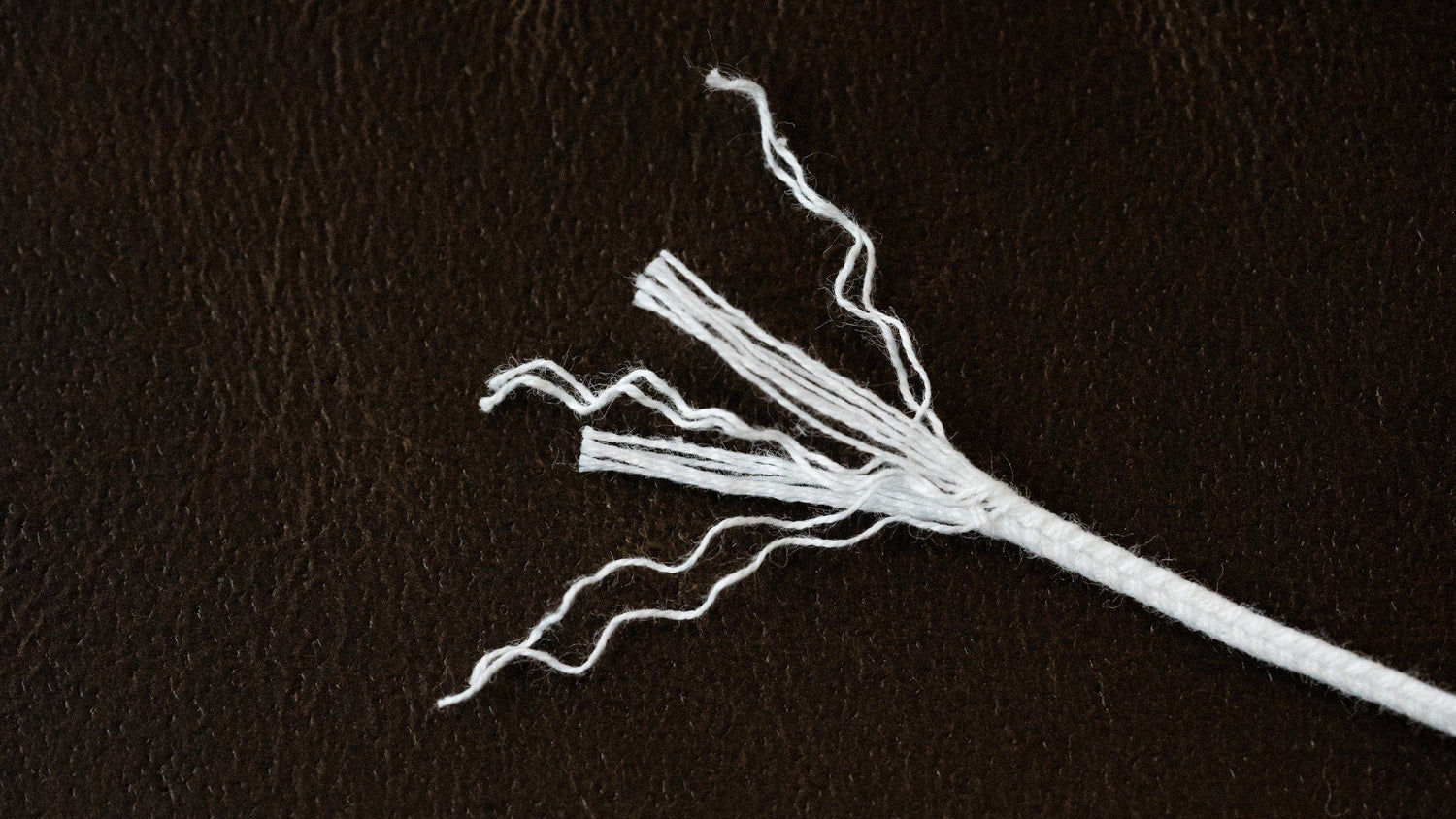
Fragrance Oil - Why It Matters When Choosing a Wick:
When selecting a wick, consider both the composition and concentration of the fragrance oil you are using. A higher concentration doesn’t necessarily mean a better hot throw and too much oil can sometimes lead to a weaker flame. Also, some fragrance oils do not mix with mineral blend waxes.
Some fragrances are harder to burn and therefore require larger wicks, it is not uncommon to need to use the largest wicks in a wick family in order to get a 30cl single wick candle to perform correctly.
Make sure you are using fragrance oils which have been tested and developed for candles from a reputable supplier for the best results.
Why Vessel Size Matters When Choosing Your Wick:
The diameter of your vessels plays a significant role in wick selection.
As a general suggestion, a small diameter vessel such as a 9cl will require a small wick at the lower end of a wick family such as a CL4-6, Stabilo 4-6 or LX 6 etc.
A larger vessel such as a 20cl will require a larger wick such as CL 8-10 and so on. Larger single wick candles such as our 30cl will require a larger wick still.
Different vessels may require two, or even three smaller wicks rather than one large one for optimal performance.
Wick Recommendation Tool
In conjunction with our lab team, we have made a handy wick recommendation tool.
All you need to do is select the wax you are using and the diameter of vessel, and this handy tool will show you a selection of wicks that our R&D team would suggest as a good starting point for your candle testing!
Disclaimer: These wick selections are a suggestion based on our recipe development process. Fragrance composition and concentration along with dye or any other additives will change how the candle will burn.
Always conduct your own testing and development in line with local regulations and industry standards.
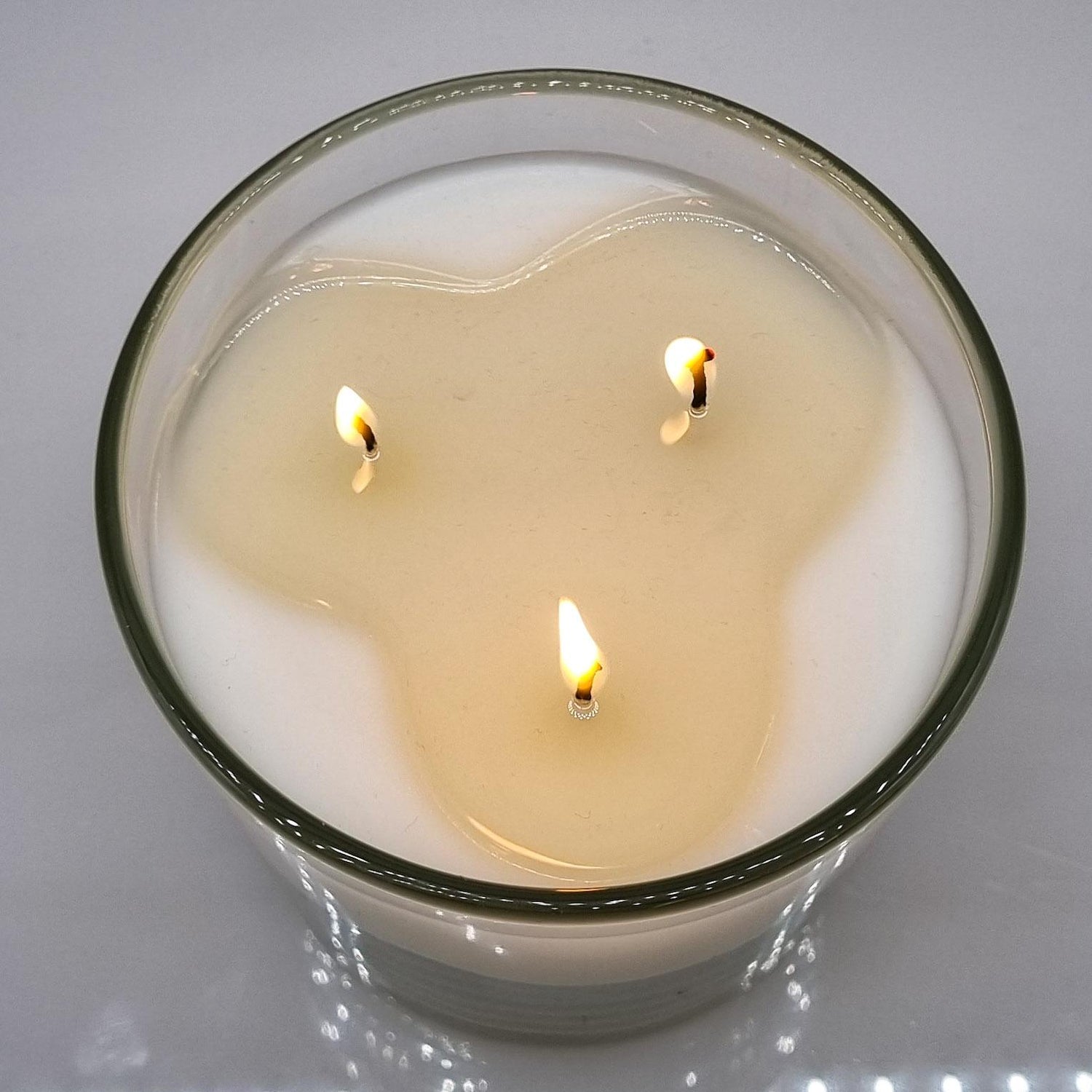
When Would I Need to Use More Than One Wick?
As a general rule, the largest melt pool from one wick is around 76mm diameter.
If your vessel is larger than this, then two or three smaller wicks will burn better and create a better melt pool than one large one.
Using our 50cl vessel, we have found through testing that the three wicks required are similar to the wicks needed for a 9cl of the same wax and fragrance mixture.
We even have a template for wicking our 50cl vessels available below.
conducting burn tests:
To understand if your candles are performing correctly is it important to perform burn tests on each variant of candle you produce.
Not only do these tests ensure your candle lives up to your expectations but it also confirms that the candle is safe for sale.
Development testing gives you data on how your
candle performs against the ideal criteria we mentioned above. It allows you to
see how long your candles last and to test the scent throw to make sure you have the best wick for your wax and as a creator are happy with it.
Once you have done your own testing, ideally each variant of candle that you
are producing should be tested in accordance with established standards under
controlled conditions. This testing means that you have shown your due
diligence making sure your candle is safe to go to market. Candle Shack offers
a testing service in accordance with these established EN Standards.
Mastering these aspects of candle making will contribute to your growth in this craft. While finding the right wicks may be challenging, our guide aims to alleviate stress and pave the way for a smoother candle-making journey. If you're a beginner, check out our tried-and-tested recipes and other troubleshooting guides on the website.
Disclaimer: This guide serves as a starting point for your candle making journey. Wick sizes mentioned may not work universally, and the testing process is individualised to find the optimal combination for your chosen fragrance, wax, and vessel.






